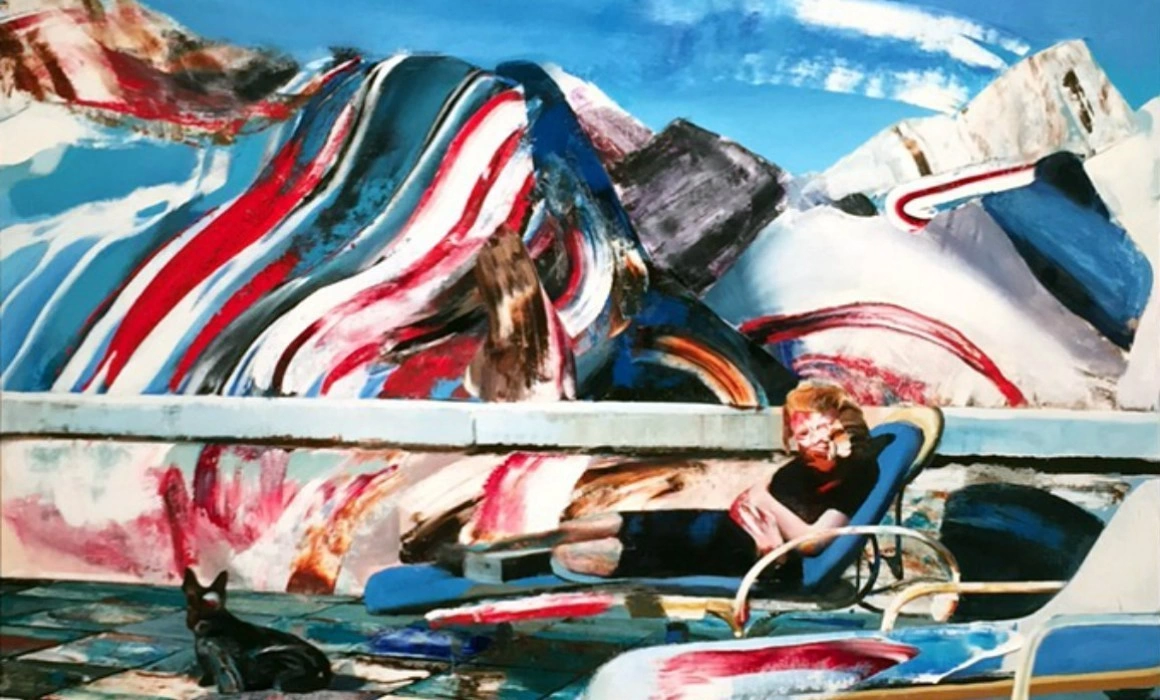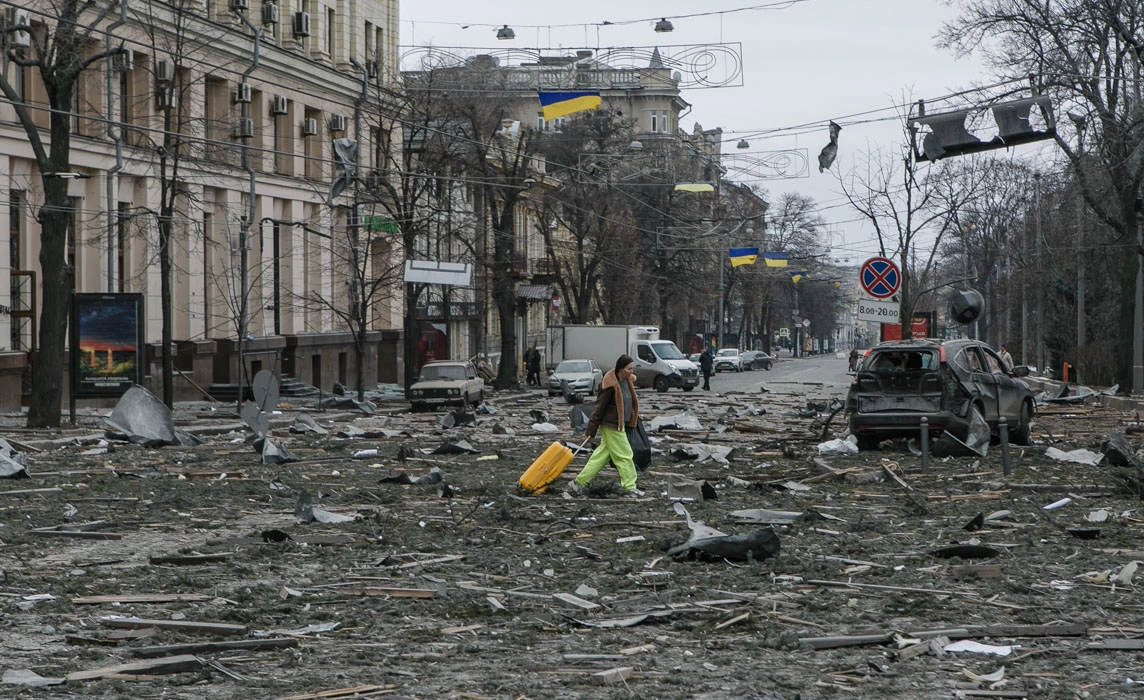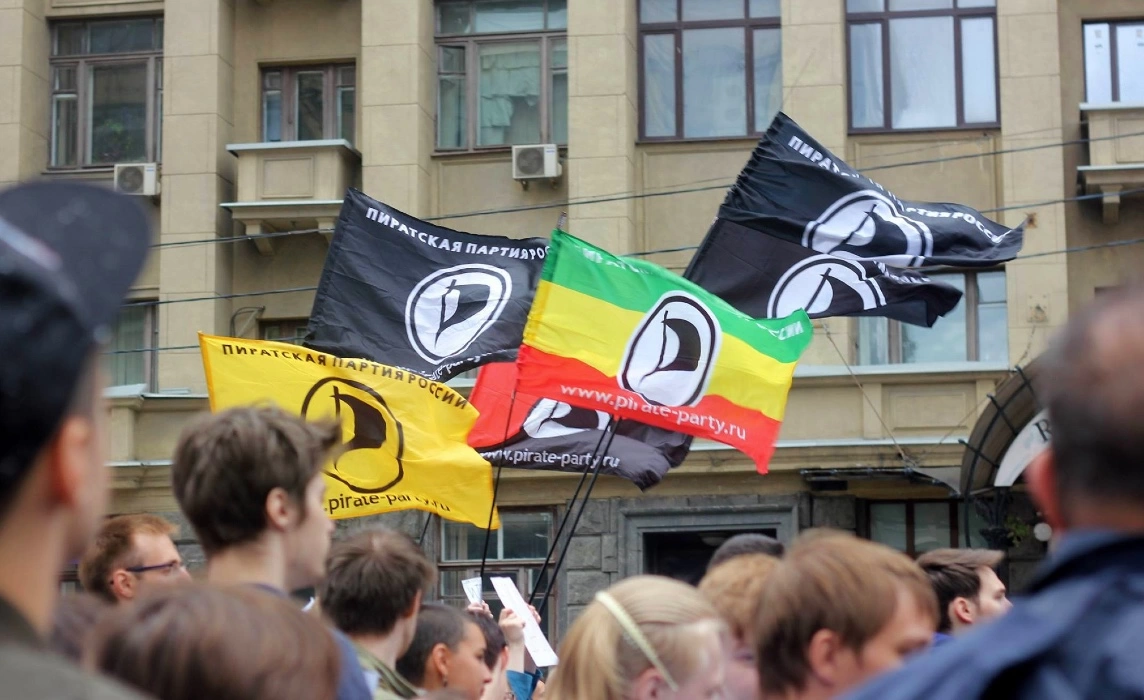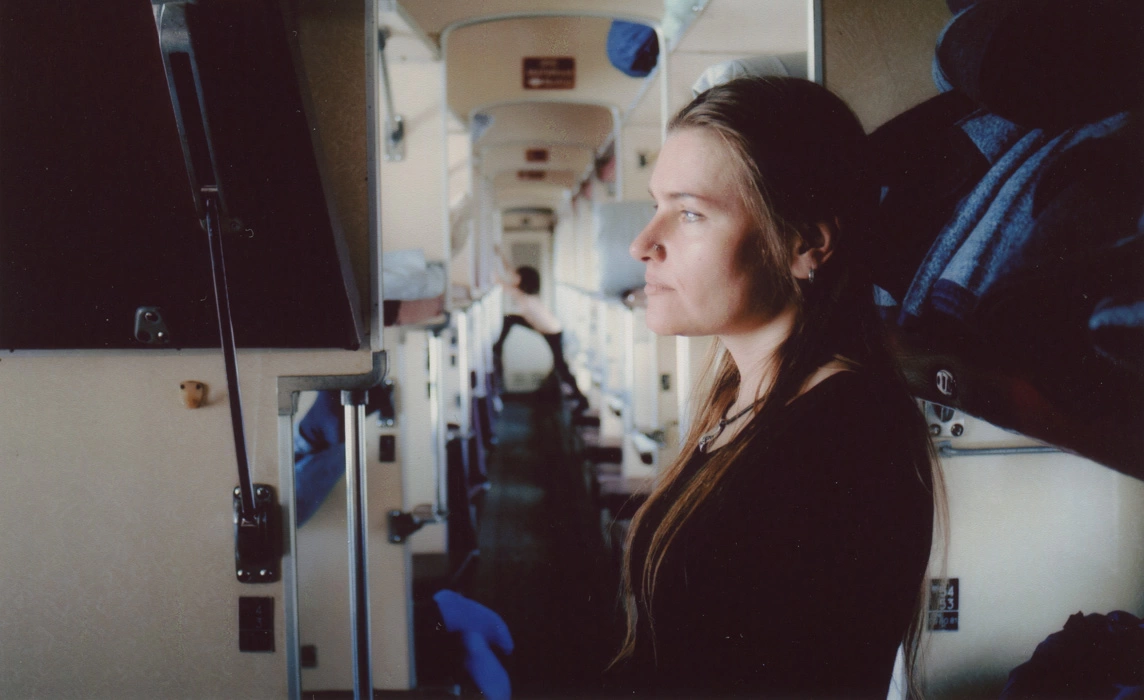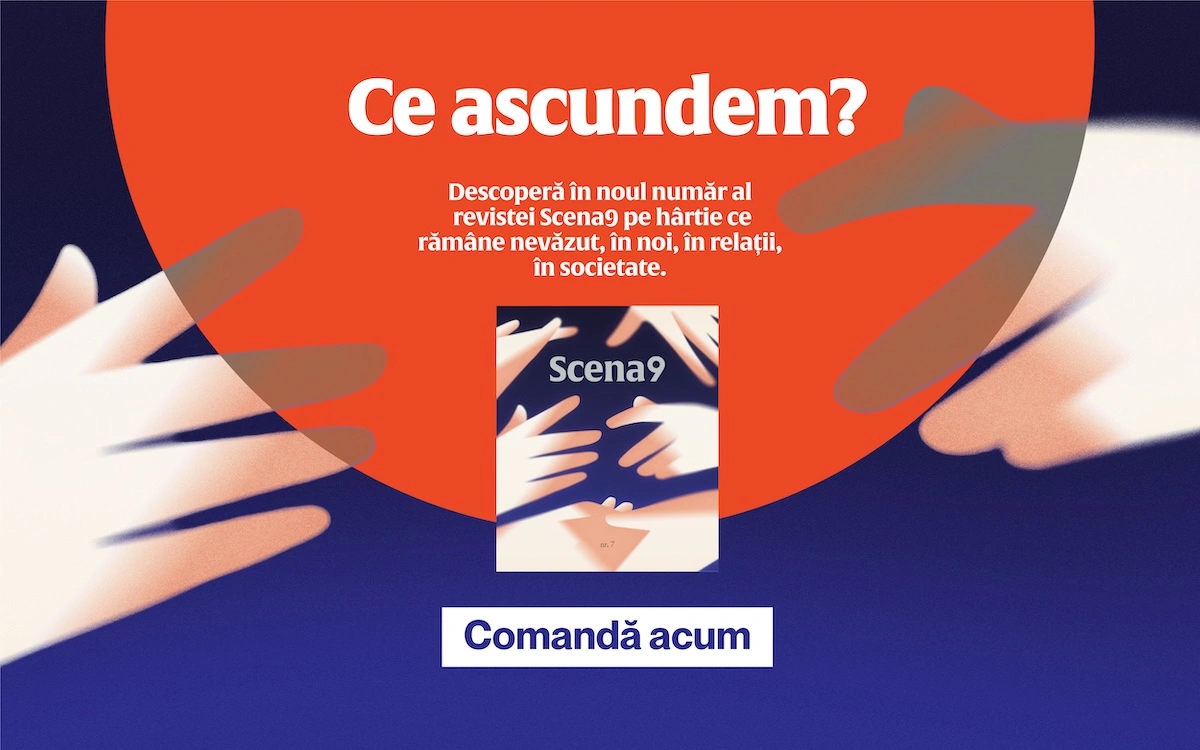On a sunny February afternoon I returned to Chelsea to see one more time Adrian Ghenie - Recent Paintings, at Pace Gallery. Chelsea is home to more than 200 art galleries, with Pace being one of the most prestigious in the world. It represents some of the most important artists of the 20th and 21rst century. Its portfolio of almost a hundred names counts, among others, Mark Rothko, Pablo Picasso, the Chilean painter Roberto Matta, Mao Yan, one of the most famous portrait painters in China, Isamu Noguchi, one of the biggest names of last century sculpture. And Adrian Ghenie.
Ghenie, who turned 40 this year, is the highest ranked Romanian contemporary artist, internationally acclaimed as being one of the most prominent figures of his generation for his oil paintings that blur the lines between figurative and abstract. In 2015, he represented Romania at the Venice Biennale and his works are purchased by museums and prestigious institutions worldwide: Hammer Museum and Museum of Contemporary Art (Los Angeles), Museum van Hedendaagse Kunst (Antwerp), SFMOMA (San Francisco ), SMAK (Ghent) & more.

The first time I saw the exhibition was in January, at the opening, among flocks of collectors, gallerists and Romanian speaking guests who came to see the first solo exhibition of the Romanian painter in the past four years in New York. Marc Glimcher, the chairman of Pace Gallery announced a waiting list of 134 potential buyers two months before the opening. All galleries declare waiting lists to create pressure and a feeling of anticipation and excitement, but even a month after the opening, on its closing day when I visited a second time, the gallery was still full with a young audience and mostly Asian.
Where does this extraordinary demand for Ghenie’s work come from? An article published in the New York Times suggested a number of factors that contribute to his success: a general trend of increased demand for painting, Ghenie’s limited output (10 to 15 paintings a year), the scarcity of masterpieces coming up for sale, an affordable price point relative to the top of the market, and an eager fanbase of affluent buyers. Most of his works are bought from galleries at prices around $ 650,000 and then resold at auctions for fabulous sums, as was the case of the Nickelodeon painting, sold last year at Christie's for the record sum of 9 million dollars. Even if his name appears in the Romanian press almost exclusively related to the large numbers of these sales, their many zeros don’t necessarily mean that Ghenie becomes a millionaire after such secondary transactions. European legislation does not allow the artist to receive more than 12,500 euros of from a secondary market sale, regardless of the actual selling price. In Nickelodeon’s case, this amounts to 0.15% of the actual selling price. Cristian Neagoe wrote a very informative explanation here.
Ghenie exhibitions are very rare in Romania and his works are very little known at home, so I was looking forward to seeing his new works and meet Ghenie - the painter versus Ghenie - the auction superstar. The Pace exhibition in New York brings 12 new paintings and 5 collages, indicating a greater inclination towards the abstract without renouncing allegorical figuration with allusions to history and present.
Some works like Rest During the Flight into Egypt, The Storm, Crossing the Sea of Reeds, Moloch, Saint Christopher, have biblical echoes and simultaneously made me think of the runs, fears and seas that are now crossed, night by night by convoys of refugees. The colors are layered thick, visceral with energetic effervescence. The dominant color is a deep red that seems to ooze from one piece to the other. A detail of arc between history and pop culture is an allusion to the Nike logo on the sneakers of one of the travelers in the foreground of the painting Rest During the Flight into Egypt, the same logo that Darwin wears while meeting with the Satyr in Ghenie’s piece from 2014 exhibited at the Venice Biennale.


The piece that impressed me most is Alpine Retreat (main photo) - a huge painting in which a female figure is sitting on a blue cushioned deck chair, lounging on a terrace from where you can see the mountains. The very instant I saw the painting, I remembered those holiday photos of Hitler and Eva Braun, and especially the uneasy feeling I had many years ago when I first saw the images from Berghof: a couple like any other at a summer residence in the mountains, surrounded by friends, enjoying the outdoors. It was the first time I ever saw Hitler other than in uniform. A peaceful, serene life, perfectly parallel with the idea of war, deportation and death. It looked like a sham.
I think Alpine Retreat starts from those photos, the black Scottish Terrier in the foreground, the blue cushioned sunbeds bare witness. We may never know what went through Ghenie’s mind when he first saw the images of Hitler on vacation, but taking a closer look at his painting, seeing the layers of thick paint that seem slathered directly with his hands smearing the mountains, bright red sitting next to cold blue, Eva’s hands and face, I felt overwhelmed by a multitude of thoughts and emotions simultaneously.
I do not think it's a coincidence that this work is exhibited in the vicinity of Moloch, the pagan god demanding children for sacrifice. Moloch is depicted on the same terrace, with the Alps as a backdrop, and has its mouth open, ready to receive his victims.

Judging by the way the pieces are arranged in the exhibition, the main painting is Degenerate Art - a deconstructed portrait of Van Gogh, which is the only piece in the gallery with a seat installed in front of it. Around it are three portraits and two collages - a good opportunity to peek into Ghenie’s process for building large scale pieces. Recently, the artist began to use collages to blueprint the structure of his paintings. It's fascinating to see how some elements from the collages are translated into color on canvas, while other details are completely replaced. For example, Van Gogh's left eye in the collage is completely different from the black cyborg-fish eye in the final painting.
After the tour of Ghenie’s latest pieces, I discovered a painter simultaneously calculated and visceral, who takes a curious and lucid look at the world and questions its fabric. Everything comes down to texture with Ghenie: from the layers of history laid upon concepts, to the layers of paint on the canvas. I would love to see him exhibited more often in Romania and especially in a solo show at MoMA or Tate Modern, so that the money talk make place to discussions about his pieces and their substance.
